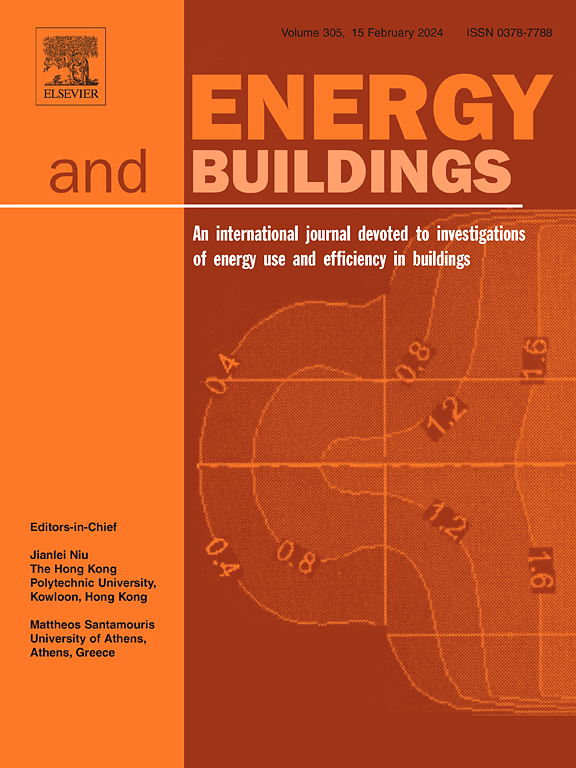Lifetime financial analysis of a model predictive control retrofit for integrated PV-battery systems in commercial buildings
IF 6.6
2区 工程技术
Q1 CONSTRUCTION & BUILDING TECHNOLOGY
引用次数: 0
Abstract
As electrical grids decarbonise, the need for flexible, real-time energy management systems becomes crucial to handle the variability of renewable sources. This paper investigates the lifetime performance of a commercial PV-battery system under three potential control approaches. Two rule-based controllers and one economic MPC approach are simulated over the lifetime of the battery, considering both the upfront capital and ongoing operational costs. Under the nominal rule-based control, installing the battery system saves 2.9% in operational costs per year. An informed rule-based schedule was then created, based on observing the typical PV and building loads and electricity price dynamics, increasing savings to 4.3%. These additional savings can be realised without any additional capital or operational investment. A supervisory MPC approach is integrated with the existing system control, requiring an upfront investment of $13.7k, combined with additional operational costs of $5.89k/yr. Accounting for these additional costs, net operational savings increase to 6% compared to the baseline operation without a battery system, while also reducing carbon emissions by 9.8%. MPC savings increase to 13.2% when considering the volatile electricity prices seen during the 2022 energy crisis. Despite these encouraging savings, current battery systems remain financially unattractive due to their high upfront cost, and all three control scenarios result in a negative NPV. A sensitivity analysis demonstrates that optimal sizing of batteries and reductions in their cost are the most significant factors when evaluating the lifetime performance of PV-battery systems.
求助全文
约1分钟内获得全文
求助全文
来源期刊

Energy and Buildings
工程技术-工程:土木
CiteScore
12.70
自引率
11.90%
发文量
863
审稿时长
38 days
期刊介绍:
An international journal devoted to investigations of energy use and efficiency in buildings
Energy and Buildings is an international journal publishing articles with explicit links to energy use in buildings. The aim is to present new research results, and new proven practice aimed at reducing the energy needs of a building and improving indoor environment quality.
 求助内容:
求助内容: 应助结果提醒方式:
应助结果提醒方式:


